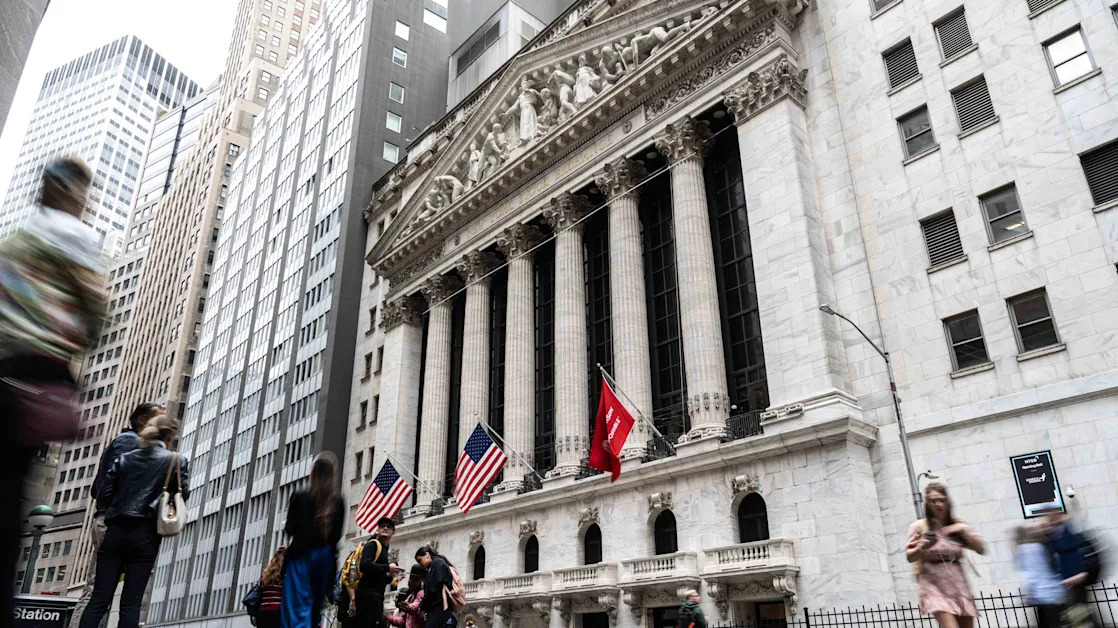Over the weekend, the Trump Administration announced it had reached a trade agreement with China after two days of negotiations.
The White House announced a trade deal in a May 11 statement but did not disclose details. The agreement came after President Donald Trump announced 145% tariffs on Chinese imports and China responded with 125% retaliatory tariffs. The conflict virtually halted $600 billion in annual trade between the two countries.
Here is a look at the tariffs between the two countries before Trump began his second term.
What were tariffs on China like before Trump took office?
Prior to President Trump's return to the Oval Office, tariffs between China and the United States had hovered between 10% and 20% for the past seven years. The current tariffs the United States has imposed on China are approximately 596% higher than at the beginning of the year.
According to the Peterson Institute for International Economics , a nonprofit research organization, the United States currently has a tariff rate of 124.1% against Chinese goods. On Jan. 1, 2025, tariffs were only 20.8%. When President Trump ended his first term, tariffs were 19.3% against Chinese goods.
Looking at the same timeline, Chinese tariffs against U.S. goods now sit at 147.6%. At the beginning of the year, tariffs were 21.2%, 0.4% higher than U.S. tariffs. When Trump ended his first term, Chinese tariffs against the U.S. were 21.2%, 1.9% higher than the U.S.
Throughout former President Joe Biden's term, tariffs against China only increased twice, whereas tariffs against the U.S. increased once after going down. Tariffs against China sat at 19.3% for most of Biden's term, increasing to 19.9% near Sept. 27, 2024, and 20.8% near Jan. 1, 2025.
Tariffs from China against the U.S. were set at 21.2% around July 1, 2020, and dropped to 21.1% around May 1, 2021. China then increased back to 21.2% around Jan. 1, 2025.
While China did impose higher tariffs on goods from the United States, it did so on fewer products.
Between Sept. 1, 2019, and Feb. 4, 2025, only 50.3% of U.S. exports were subject to Chinese tariffs. During that same time frame, 66.6% of Chinese exports were subjected to U.S. tariffs until President Trump changed it to 100% in early February.
Trump's trade deal with China
The two days of meetings in Switzerland were the first between top leaders of the United States and China since Trump imposed the sweeping tariffs on the Asian nation.
Heading into the weekend trade negotiations, Trump signaled a willingness to drop U.S. tariffs on China to an 80% rate . However, it was not immediately clear if either side agreed to lower tariffs on the other.
Trump has singled out China, which exported nearly $300 billion more in goods to the United States than it imported, as the top offender of a $1.2 trillion U.S. trade deficit. He has argued that China has decimated U.S. manufacturing. Trump has defended his tariffs as key to reviving the manufacturing sector.
USA TODAY contributed to this report .
This article originally appeared on Memphis Commercial Appeal: How high were U.S. tariffs against China before President Trump?





